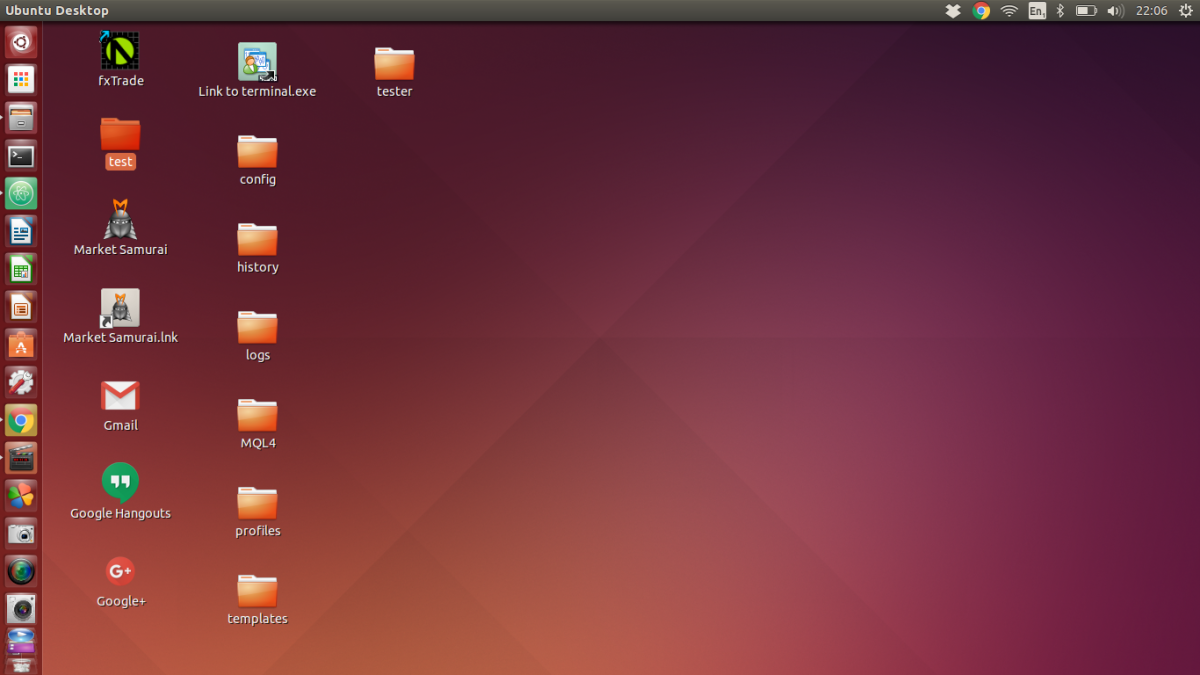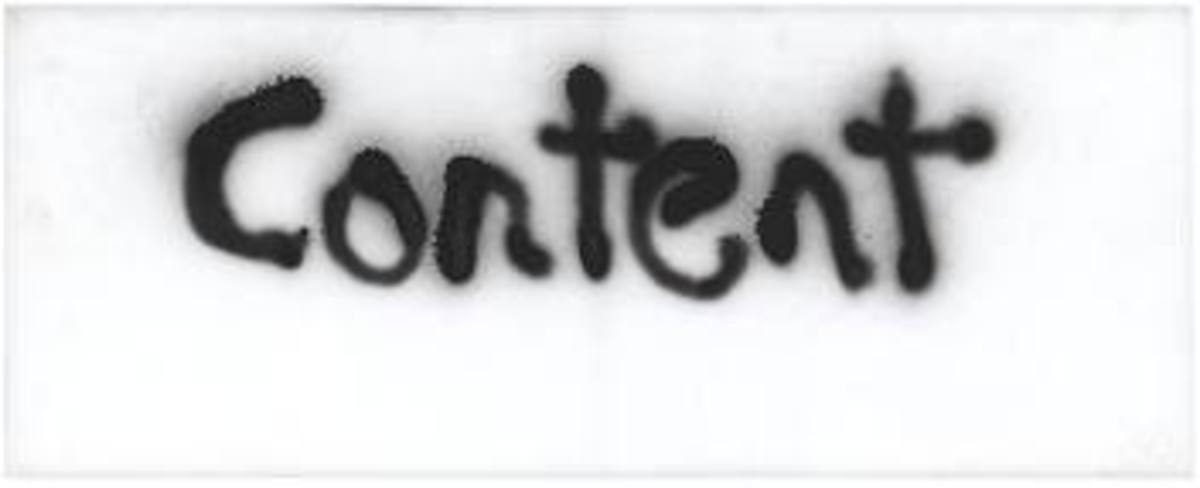Understanding Digital Rights Management

What is Digital Rights Management?
Digital Rights Management is any automated measure a copyright holder takes in order to try and prevent content from being copied or stolen. If you are old enough to remember VCRs, you may remember that many commercial tapes would, if copied, come out in poor quality with false color.
That was the forerunner of of digital rights management. However, modern digital rights management goes beyond that and into some quite clever measures. For example, computer software may be set up with a 'device key' that prevents it from being installed on any computer but the first one it was installed on. Video games 'phone home' to verify their license with a server. In some cases, content providers have been criticized for remotely deleting 'unauthorized' items. (Which many people consider a privacy violation even if a refund is given).
Why Digital Rights Management?
Content providers use Digital Rights Management to protect against perceived loss due to piracy. It is designed to prevent casual copying, be it to give to somebody else or for your own use. It may also be used to restrict the number of times a single copy of software can be installed or the number of devices on which a file can be stored.
From their point of view, they are protecting their income streams. Also, some proponents consider digital rights management as protecting their artistic integrity. Content creators such as writers and artists may feel that piracy cuts into their royalties significantly. Digital rights management also allows content providers to treat sales as 'licenses' (that is, the purchaser does not own the content) and to restrict the changing of content, including things commonly covered by fair use. Amazon, for example, does not sell ebooks, they sell licenses to use ebooks.
Why is Digital Rights Management a Controversy?
There are a lot of reasons why digital rights management has become highly controversial. The first and perhaps the most obvious is that it does not work.
No DRM scheme has yet been invented that cannot be hacked, and hackers often seem to be waiting for a new scheme to emerge so that they can have fun breaking it. Once it is broken, then DRM-free versions of the file are likely to be in the wild within days, if not hours.
The second is that DRM technologies are notorious for not working as designed. For example, in 2002, Sony designed copy protected compact discs that could not be played on personal computers. Not only was this DRM easy to circumvent, but attempting to play discs with this particular protection on a Mac computer caused the disk drive to lock up and then the entire computer to fail to boot altogether, necessitating an expensive trip to the dealer. As a result, many Mac users elected to boycott Sony. Failing to learn from this, Sony later attempted a different copy protection system that installed hidden software, without the user's knowledge, on Windows PCs. This system was recalled after a bunch of lawsuits...and after it became obvious that it did not affect Mac users at all.
Some DRM schemes also interfere with perfectly legitimate uses. Many software producers, especially video game producers, are now using 'phone home' validation on their software. This means that every time the program is launched, and sometimes at intervals while running, the software will ping a server to double check that it has a valid license. The downside of this is obvious. The software will not run without an active internet connection, even if it does not require one to function. Not everyone has always-on broadband internet and even if you do, having half of your software stop working if the internet goes out is simply egregious. Laptop users who travel cannot use the software unless they find a cyber cafe or similar. For that matter, if their server goes down, then your software becomes useless. Some of these systems have been around for a while and companies are now taking down authentication servers, meaning that people can no longer use their otherwise perfectly good software. (Other software manufacturers are starting to move towards a subscription model).
Finally, there is the entire attitude that DRM conveys. DRM operates on the assumption that users will pirate. It treats everyone in the target audience as a thief. Most people are not happy about being assumed to be thieves from the start.
As a result of these various problems, some DRM schemes have actually increased piracy of the affected items. Because of the way in which DRM often restricts the way in which an end user can use their software or enjoy their entertainment content, it tends to reduce the value of items below that of the pirated versions.
Why not Digital Rights Management?
The obvious next question is: Are there any benefits to distributing your content without digital rights management?
The most obvious is this: As digital rights management becomes more and more egregious, consumers become more and more angry about it. By avoiding the use of DRM, a company can set themselves up as the 'good guys' in the overall controversy. Ebooks site Smashwords, for example, uses the fact that they do not have DRM and specifically allow and encourage purchasers to download books in several formats as a selling point to compete with the giant of Amazon (which does use DRM, although only if the publisher opts in, and has been guilty of removing files people have paid for from Kindles). By treating customers with trust and assuming people are basically honest, a company can set up a more open and honest relationship with the people who, in the end, pay its bills. (As of right now, however, Apple and B&N both put DRM on ebooks regardless of the wishes of the publisher).
Second, many content creators are, in fact, against the use of DRM. Writers and artists would rather have more readers, even if a few of them don't pay for the book. The argument as to which way is best continues to wage, but a company that uses little or no DRM may find themselves in a better position with their artists.
Conclusion
In conclusion, the benefits of DRM may well be outweighed by its downsides. However, content providers will continue to push for it, as they cling to pre-digital modes of business. In the end, though, the true power continues to lie with the consumers. The technology may one day happen to make digital rights management easy and seamless, but there remains the question of whether the public will, in the end, stand for it.








